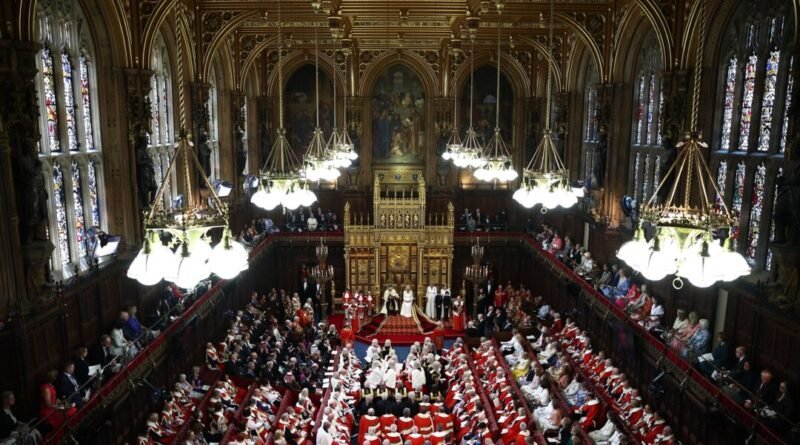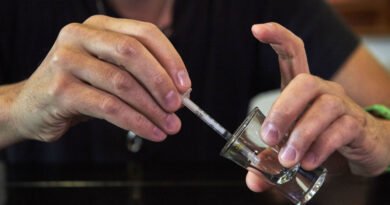Government Aims to Eliminate Hereditary Peers
The government has initiated the process of eliminating all hereditary peers from the House of Lords through a new bill introduced to complete the work started by Sir Tony Blair a quarter of a century ago. The goal is to abolish the 92 remaining seats reserved for hereditary peers in the 805-member House of Lords, which was a key commitment in Labour’s manifesto and part of the King’s Speech.
While some officials have criticized the continued presence of hereditary peers as outdated and indefensible, stating that reform is long overdue, Conservative critics have labeled the move as a vendetta and political vandalism. Lord Strathclyde, a hereditary peer himself, questioned the government’s approach to the reform, calling it high-handed and accusing them of removing experienced and senior peers without justification.
The Leader of the House of Lords, Baroness Angela Smith, defended the reform, acknowledging the valuable contributions of many hereditary peers but reiterating the importance of fulfilling a specific manifesto commitment and reducing the size of the second chamber.
The House of Lords, an institution dating back to the 11th century, comprises both appointed and elected members, including hereditary peers, life peers, and Lords Spiritual. Unlike the elected House of Commons with a fixed number of seats, the House of Lords has a fluctuating membership.
The last Labour government, led by Blair, removed most hereditary peers in 1999, with 92 allowed to remain temporarily. The current push aims to complete the removal of hereditary peers, including notable figures like Lord Attlee, the Duke of Wellington, and Viscount Stansgate. Though Labour formally supports abolishing the House of Lords and replacing it with an elected chamber, the party’s recent manifesto only committed to consultation on proposals for reform.



